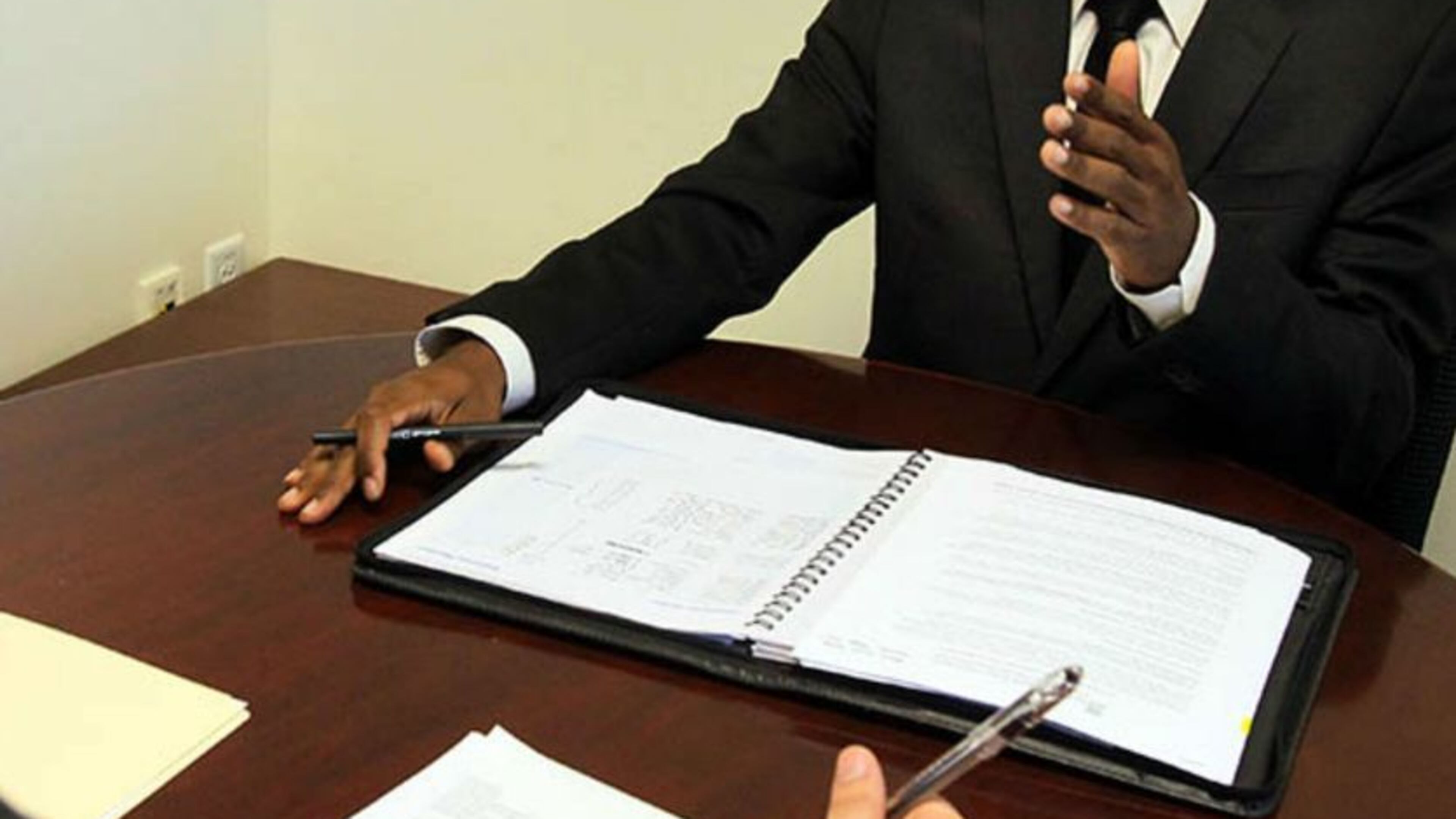Metro Atlanta job coaches say job seekers should master this one thing

If you've been interviewing for a new career or simply working to find a job, you're probably crystal on what the word 'competitive' is all about. After all, that certainly defines the current job market. Career coaches are quick to advise - find a way to stand out.
Holly Wilbanks is the founder of The Wilbanks Consulting Group, a management consulting firm that specializes in career consulting and career exploration. When it comes to job search gridlock, she knows the score, and behavioral interviewing is a technique she said employers must master.
What exactly is behavioral interviewing? It's a strategy employers use to learn about job seekers' previous behavioral patterns to predict the future ones.
For instance, if you walk into an interview situation and the hiring manager rolls out questions such as, "describe a situation in which "or "give me an example of," you're no longer in the traditional world of "tell me about yourself." You've landed in the world of behavioral interviewing. The hiring manager wants to know how you handled critical situations and projects on previous jobs.
Now turn the tables: a job seeker can certainly use behavioral interviewing to their advantage. According to Wilbanks, it's all about making your resume come to life during an interview by story-telling. To master the technique, Wilbanks recommeds the S.T.A.R. approach. The acronym stands for: Situation, Task, Action, Response. Here's how it works.
Situation
Describe a situation in which you excelled. Be specific; do not offer a general, one-size-fits all project. Be sure to give enough detail for the interviewer to get a clear handle of the task at hand and why it was important.
Task
Talk about what was required of you.
Action
When discussing the action you took, be sure to keep the focus on you. This can be tricky, because you could be describing a team project and you want to come across as a team player. Choose your words wisely. But remember, the "team" isn't applying for the job, you are. Highlight what you did and/or contributed that pushed the task over the top. Also, do not use a hypothetical example. Talk about something you did and have first-hand knowledge of.
Results
You've built up the story; now to the pay-off. Detail what happened and what you accomplished. Be certain to include what you learned. And if the project involved a team of people, this is a great place to mention how the entire team was pleased with the outcome.
For additional information, click here.

